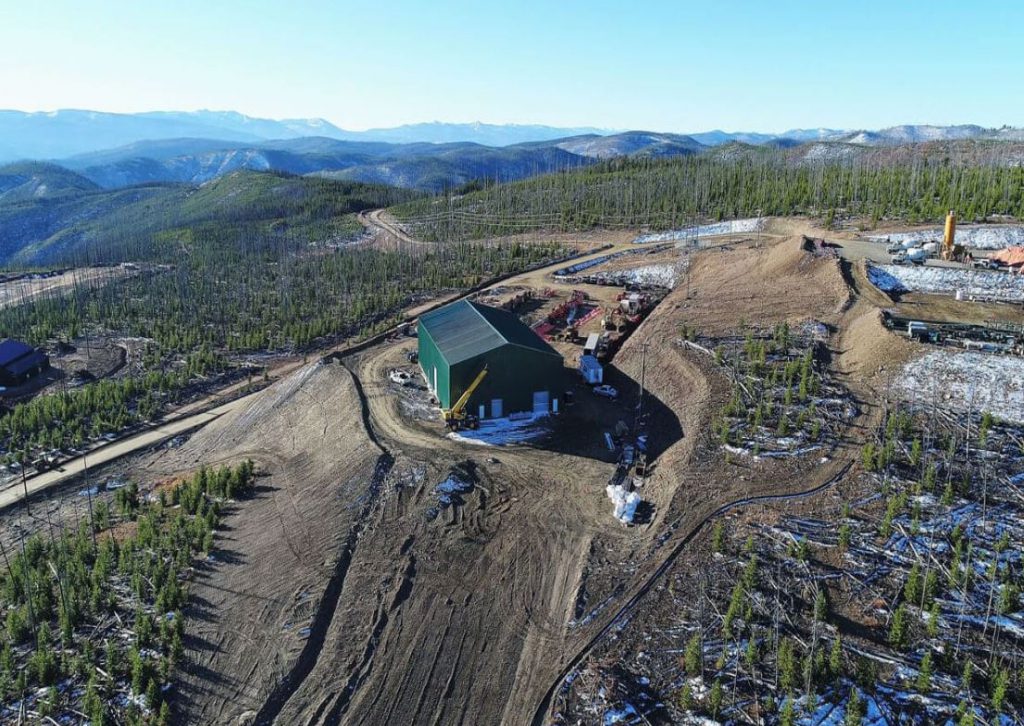Jervois ups Idaho cobalt estimate by 22%, stock advances

Jervois Mining Ltd. [JRV-TSXV, ASX; JRVMF-OTC; IHS-FSE] said Wednesday January 22 that it has increased the contained Measured Resource at its Idaho cobalt project by 22%.
Jervois shares advanced on the news, rising 5.3% or $0.01 to 20 cents. The shares are currently trading in a 52-week range of 13 cents and 24 cents.
Jervois is focused on becoming a global supplier in the emerging battery metals market. In keeping with that focus, the company swallowed eCobalt Solutions Inc. last year in a $57.6 million deal, a move that gave Jervois Mining access to eCobalt’s Idaho Cobalt Project, a high-grade cobalt deposit located in Idaho.
Idaho Cobalt Operations (ICO) is Jervois’ flagship primary cobalt deposit located in Idaho near the town of Salmon. Over the course of 20 years, approximately US$100 million has been invested in developing the mine.
It is fully environmentally permitted for ore processing capacity of up to 1,200 tons/day and has high cobalt and copper grades, with a gold by-product.
The ICO is located in the heart of the Idaho Cobalt Belt, a unique mineral rich, prolific metallogenic district unique to North America, which historically produced 2 million tons of contained cobalt between the early 1900s through to the 1960s.
The project consists of 243 contiguous unpatented lode mining claims and is situated in an area ranging in elevation from 6,100 feet to 8,100 feet. Vehicle access is via a series of public-access gravel roads.
The company said Measured and Indicated Resources at the site now stand at 5.2 million tonnes, grading 0.44% cobalt (50.1 million pounds), 0.69% copper (80.1 million pounds), 0.53 g/t gold (89,000 ounces). The estimate is based on a 0.15% cobalt cut-off.
Jervois said it updated the Measured Resource estimate after completing 3,125 metres of drilling in 19 holes to support its bankable feasibility study. The updated model uses modified methodology to improve estimation using industry standard applications for narrow orebodies, with Jervois also adopting a more appropriate approach to stope and mine plan design.
“This has involved block rotation and adoption of a smaller cell size than previously used, as the previous MRE released by eCobalt Solutions on February 7, 2018 was unrotated and used cell sizes not conducive to the narrow high-grade interzone intercepts found in the Main Ram Zone, the company said in a press release.
Jervois also said the bankable feasibility study remains on track for completion by the end of March 2020, with first concentrate production scheduled in the fourth quarter of 2021.
Cobalt is generally mined as a by-product of copper and nickel
“Battery demand for cobalt is expected to rise sharply, and ethical, non-Democratic Republic of Congo, low capital sources of supply outside the Idaho Cobalt Operations are essentially non-existent,” the company said.
Meanwhile, mine design and scheduling are progressing as is plant design, the company added.
In a separate development, Jervois also released an update on drilling at its Kilembe and Bujagali area properties in central and western Uganda following a partial receipt of confirmed assays from 2019 exploration.
Drilling at the Kilembe area properties targeted surficial gold copper mineralization detected through earlier geochemical programmes. Drilling at Bujagali targeted the Waragi anomalies detected through earlier geochemical and geophysical anomalies with 1,740 metres completed.
The company said the latest drilling results and high-grade rock chip samples provide further encouragement to continue with the current exploration pace on the Ugandan projects for both copper-cobalt and copper-gold.
